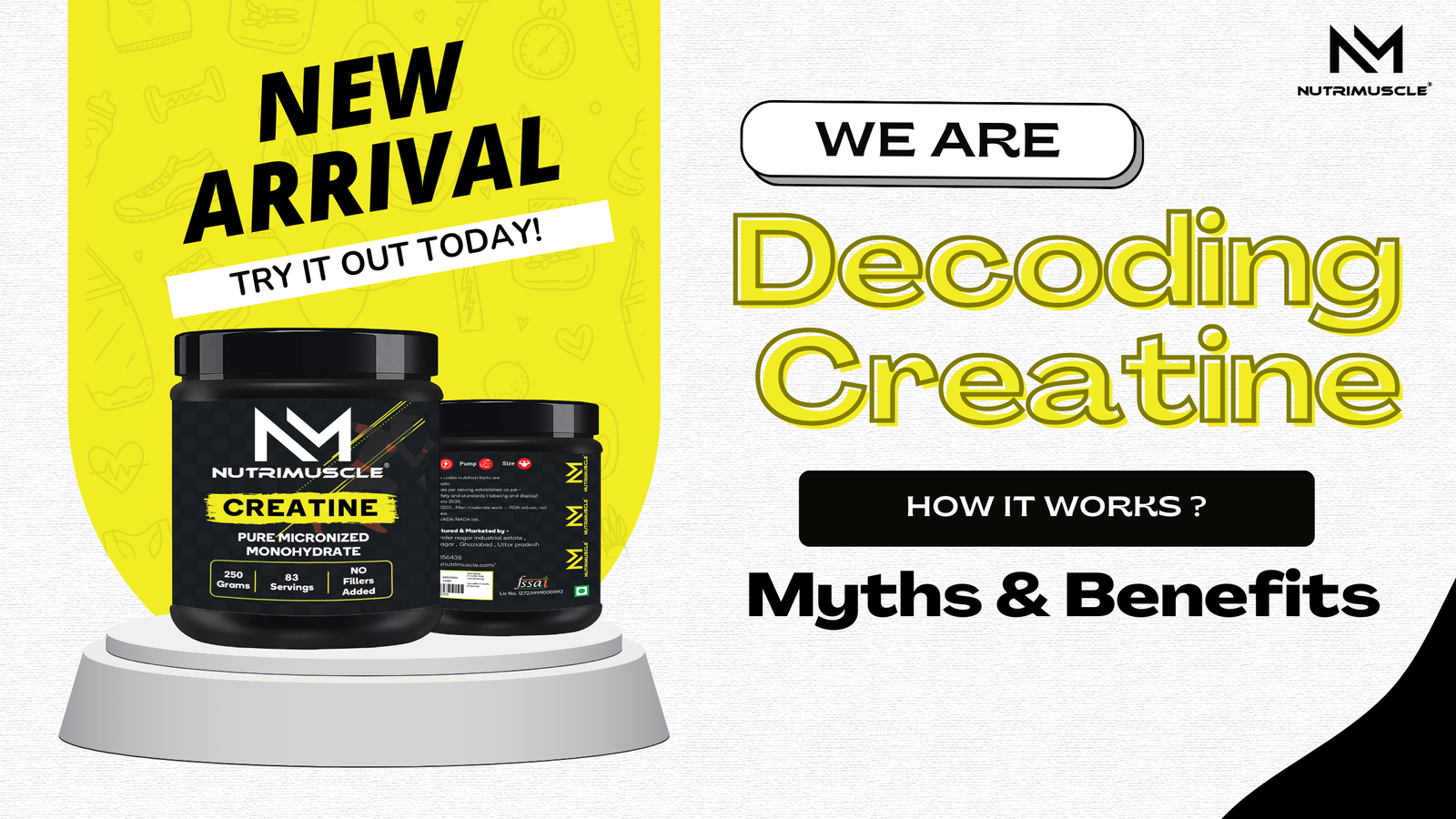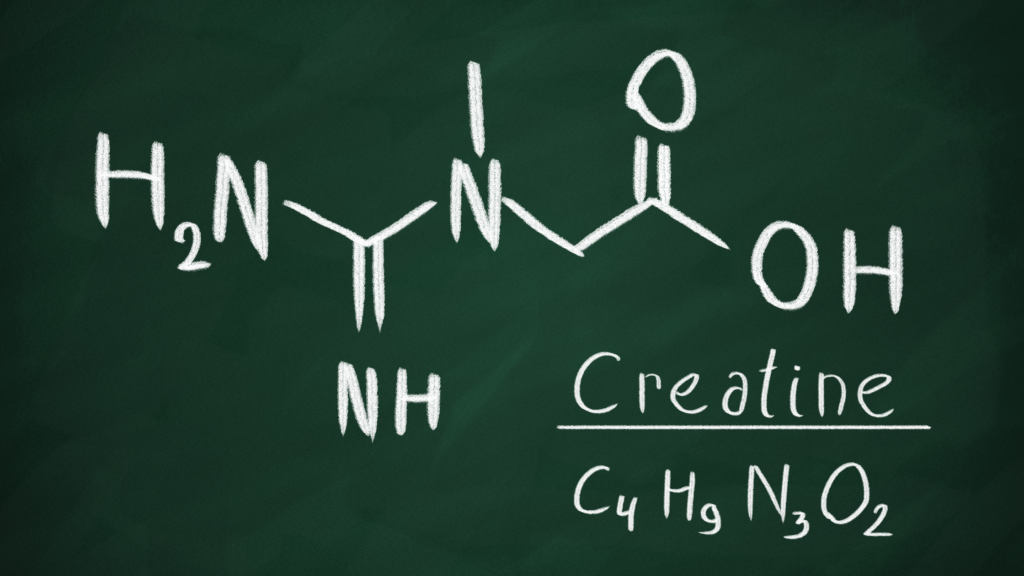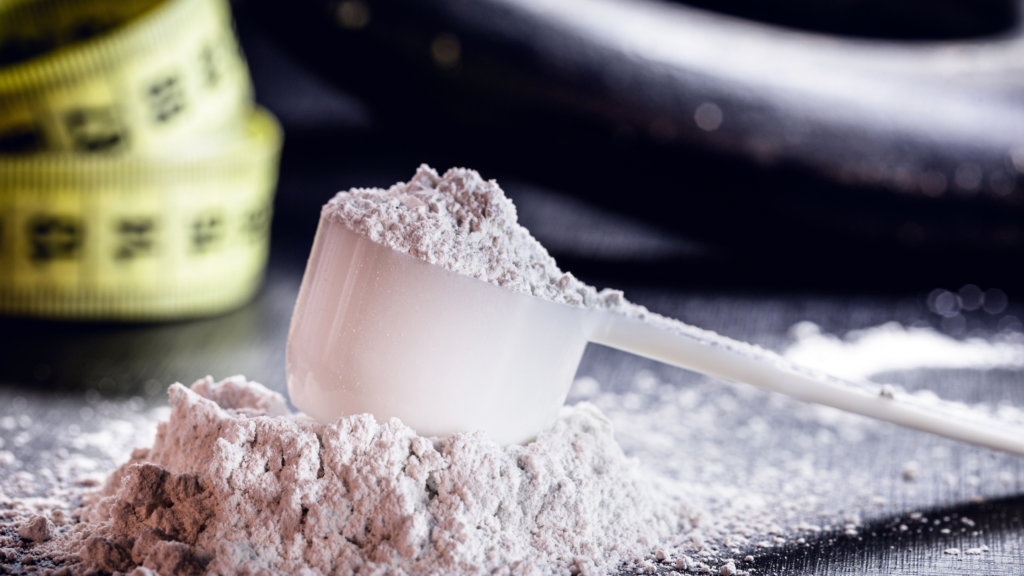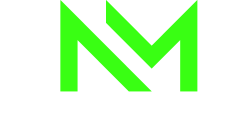Decoding Creatine- How It Works, Myths and Benefits. Here’s a Short and Crisp Beginners Guide-

by Aman Kumar Rastogi
What is Creatine?
Creatine is a substance that occurs naturally in our bodies and assists in providing energy to our muscles during short bursts of high-intensity exercise. Our kidneys and liver produce it. Then it gets stored in our muscles. It is also available in the form of supplement which is taken by athletes and fitness enthusiasts to enhance their performance. Creatine supplements come in various forms, the most popular being creatine monohydrate known for enhancing strength and overall athletic performance.
How Does it Work?

The human body naturally produces a molecule called ATP (adenosine triphosphate) which acts powerhouse of cellular energy. When an individual engages in physical activities such as workouts or sprinting the ATP gets depleted and the muscles need more ATP. This is where creatine steps in and helps replenish ATP thereby helping an individual to maintain peak performance for a longer period.
According to studies taking creatine as a supplement helps gain muscle mass, improves the recovery process, and betters brain activity.
Benefits of Creatine
Increases Muscle Mass: Creatine when combined with resistance training helps increase muscle mass.
Helps in Recovery: Creatine helps in recovery as it is proven to reduce muscle cell damage and inflammation.
Improves Brain Health: Creatine has been studied to improve brain health, improve memory, and protect against neurological diseases.
Safe and Economical: Creatine is proven to be safe when taken in recommended doses and also it is very economical and easily available.
What is Creatine Loading?

Creatine loading means taking a higher dose of creatine during the first week of starting creatine supplements and then following it with a normal maintenance dose. During the loading phase, it is recommended to take creatine four times a day (3g-5g of each dose) which totals 12g-20g of creatine in a day. After the loading phase is done it should be followed by the maintenance dose of 3g-5g per day.
Although creatine loading is heavily hyped up by fitness influencers it is not necessarily proven to provide better results than taking the normal dosage regularly.
Some Common Myths and Queries about Creatine
Taking Creatine causes Kidney Damage: There is no evidence to support that creatine when used within the recommended dose, causes kidney damage. However, it is essential to drink enough water while taking creatine supplements.
Creatine is a Steroid: No, creatine is not a steroid but a nitrogenous organic acid that helps produce ATP. It does not alter the hormonal regulation in the human body the way steroids do.
Creatine Causes Hair Loss: Currently, there is no scientific evidence to support the fact that creatine when taken within the recommended doses, causes hair loss.
Creatine Should be Loaded Initially: Although most supplementation companies may suggest taking creatine in the loading phase, it is not necessarily mandatory. Loading may saturate the muscles with creatine quickly but in the long run maintenance dose over time can give similar results.
Creatine Must be Cycled: This is a misconception that creatine must be cycled on and off but there is no need for cycling as creatine is safe for continuous use.
Is Creatine Safe to Use ?

Creatine is one of the most researched supplements and is proven to be safe when taken within the recommended doses. It has been tested for doses of 25g daily for 18 days without any adverse effects. Similarly, a lower dose of 4g-5g has been employed for 18 months. It is also deemed safe for long-term usage as there have been tests of 10g daily for up to 5 years.
Although it is safe to use, it should still be taken after consultation with healthcare professionals or fitness experts and under the recommended guidelines.
Conclusion
So, if you are a beginner looking forward to including creatine in your fitness regimen, be rest assured that it is totally safe to use and proven to give various benefits. Do visit the Nutrimuscle shop if you are looking for a safe and reliable creatine experience.
